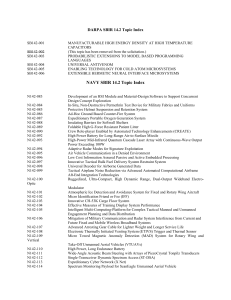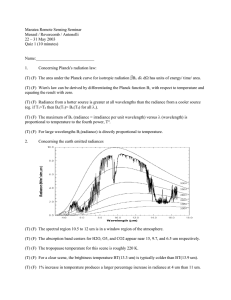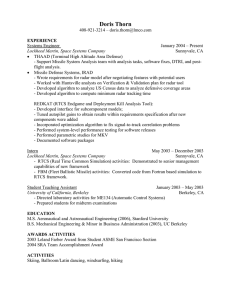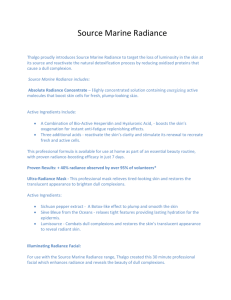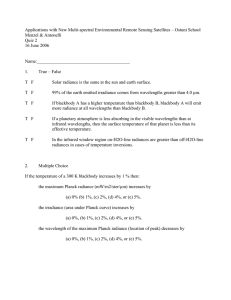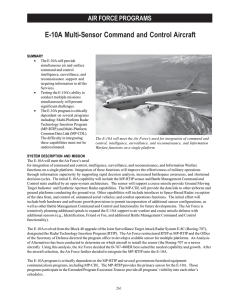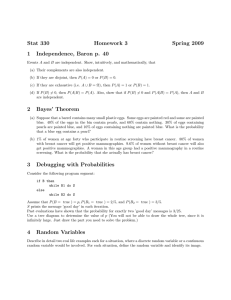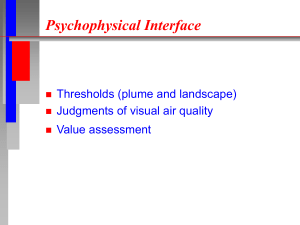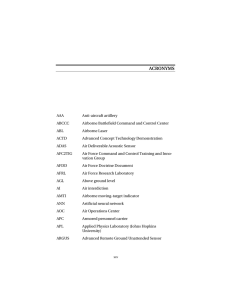Simulation Model Intended Use Documentation Template
advertisement
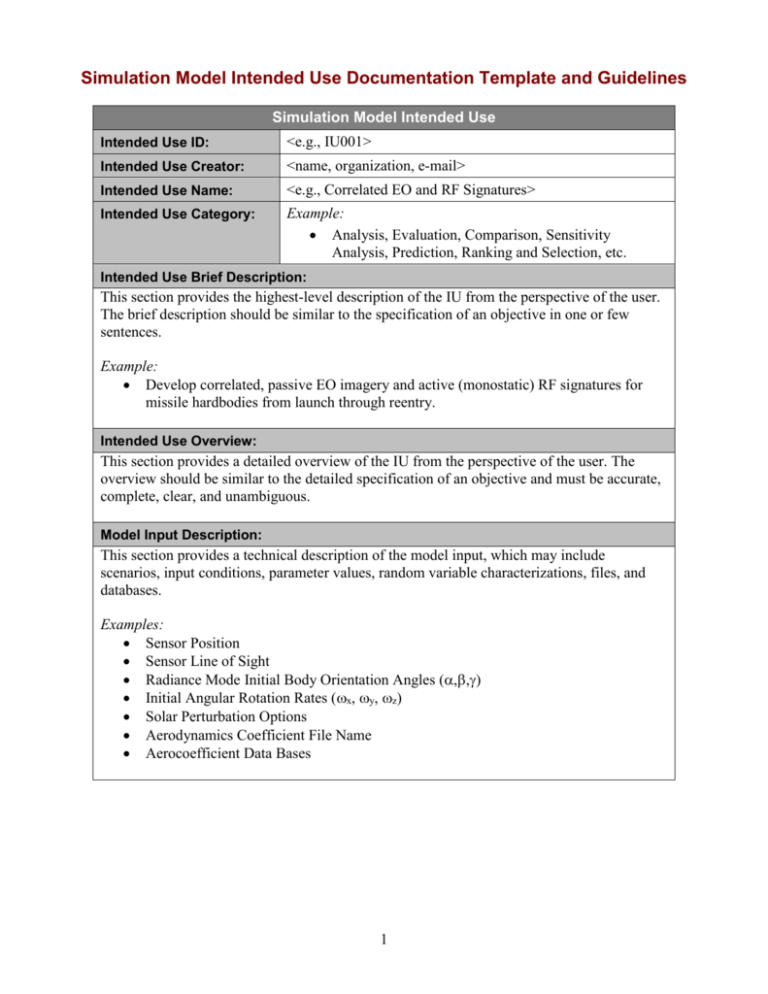
Simulation Model Intended Use Documentation Template and Guidelines Simulation Model Intended Use Intended Use ID: <e.g., IU001> Intended Use Creator: <name, organization, e-mail> Intended Use Name: <e.g., Correlated EO and RF Signatures> Intended Use Category: Example: Analysis, Evaluation, Comparison, Sensitivity Analysis, Prediction, Ranking and Selection, etc. Intended Use Brief Description: This section provides the highest-level description of the IU from the perspective of the user. The brief description should be similar to the specification of an objective in one or few sentences. Example: Develop correlated, passive EO imagery and active (monostatic) RF signatures for missile hardbodies from launch through reentry. Intended Use Overview: This section provides a detailed overview of the IU from the perspective of the user. The overview should be similar to the detailed specification of an objective and must be accurate, complete, clear, and unambiguous. Model Input Description: This section provides a technical description of the model input, which may include scenarios, input conditions, parameter values, random variable characterizations, files, and databases. Examples: Sensor Position Sensor Line of Sight Radiance Mode Initial Body Orientation Angles (,,) Initial Angular Rotation Rates (x,y,z) Solar Perturbation Options Aerodynamics Coefficient File Name Aerocoefficient Data Bases 1 Model Description: This section describes the components that make up the model. The components represent problem domain elements. The description is intended to communicate to the reader what exactly the model represents. Example model components: Environment Observer Trajectory Phenomenology Components a. Foreground i. Aurora ii. Missile Plume iii. Cloud Robust b. Background i. Earthlimb Fast ii. Terrain Fast iii. Space c. Laser Foreground i. Laser Hardbody d. Non Imaging i. NucPemRF ii. NucHSRF iii. Radar Hardbody Model Experiment Description: This section describes the designs of desired experiments to be conducted with the model. Examples: An experiment designed to perform sensitivity analysis to determine the effect of changes in the “sensor position” input parameter value on the model’s output “radiance images”. An experiment designed to establish relationships among a set of model components such as observer, trajectory, and missile plume. An experiment designed to perform comparative evaluation of a set of alternatives such as different strategies, algorithms, physics models, or techniques. An experiment designed to measure target temperature history in the presence of solar noise. 2 Model Output Description: This section provides a technical description of the expected model output. Examples: Radiance images Target temperature history Target orientation history Transmission data file Radar cross section file Diagnostic output file(s) Component output databases Presentation of Model Results: This section describes the expected forms of presenting the model results. The presentation can be in a variety of forms including tabulated data, statistical confidence intervals, various forms of graphs, 2D or 3D graphics, and other visual representations. Examples: Acceptability Criteria: This section lists the criteria by which the model acceptability will be judged with respect to the documented intended use. 3
